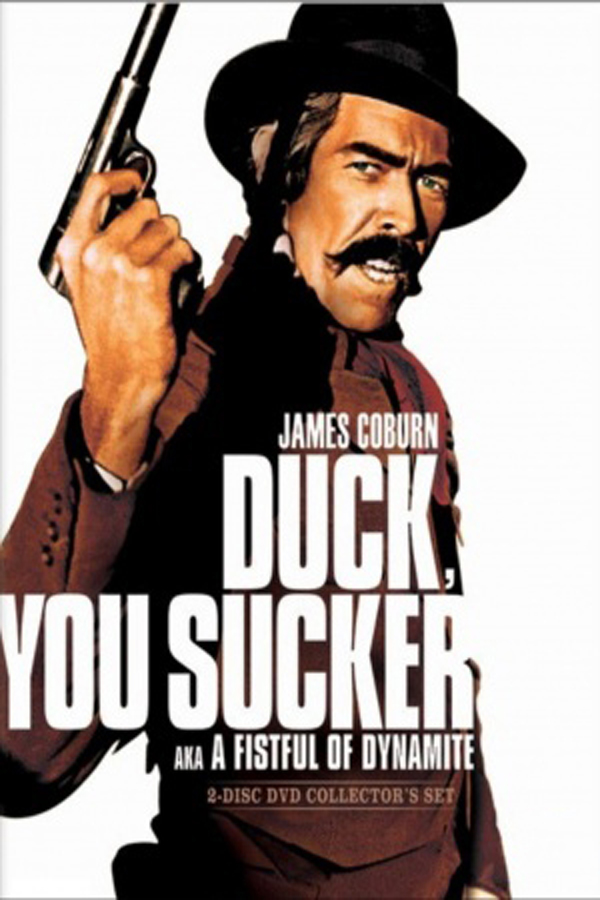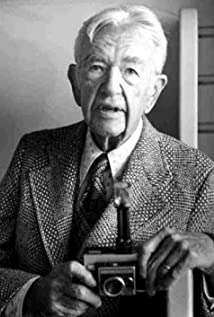Karl Struss
Oscar-winning cinematographer Karl Struss was born on November 30, 1886, in New York City. He became a professional photographer after studying photography with Clarence H. White and became part of the group associated with the great photographer Alfred Stieglitz. His photographs, which he characterized as "pictorial" rather than "fashion", were published in leading magazines, including "Harper's Bazaar," "Vanity Fair" and "Vogue."
Struss moved to Los Angeles in 1919 to practice his craft as a still photographer. He subsequently was hired by producer-director Cecil B. DeMille to serve as a cameraman in his second-unit. Along with Charles Rosher, he won the first Oscar ever awarded for cinematography at the first Academy Awards, for photographing Sunrise (1927) for F.W. Murnau. He was nominated for the Academy Award three more times for his cinematography.
In addition to DeMille and Murnau, Struss worked with such greats as Charles Chaplin and D.W. Griffith. After being the director of photography on Mary Pickford's Sparrows (1926), he was the lighting cameraman on her first sound film, Coquette (1929), for which she won a Best Actress Academy Award. He worked with other top stars such as Fredric March, who won an Oscar on the Struss-photographed Dr. Jekyll and Mr. Hyde (1931), for which Struss was also Oscar-nominated.
Karl Struss was not only one of the first cinematographers to work in color (he shot in two-strip Technicolor on the original screen version of Ben-Hur: A Tale of the Christ (1925)), he also was a pioneer in three-dimensional cinematography in the 1940s and 1950s.
Karl Struss died on December 15, 1981. He was 95 years old.

